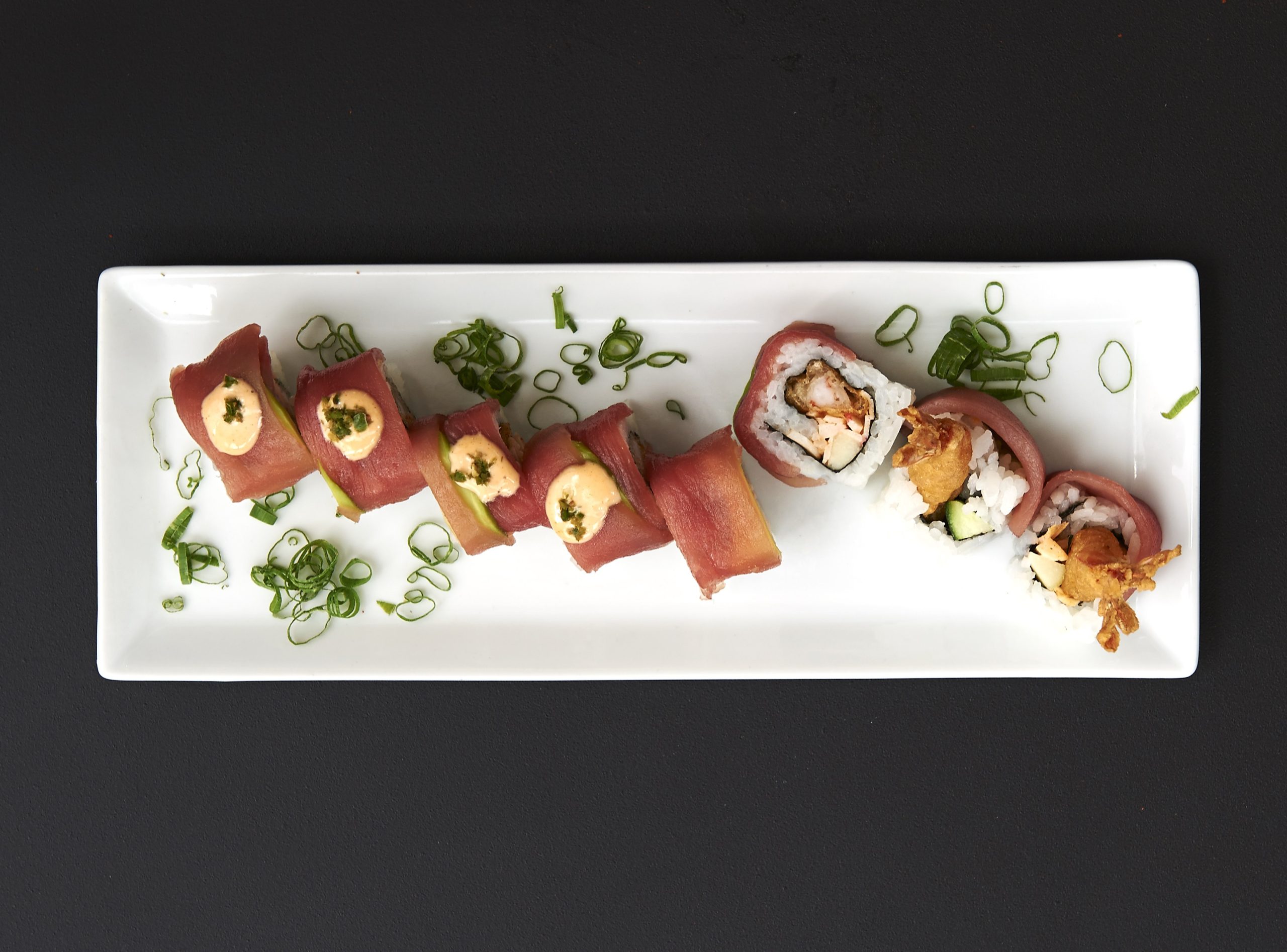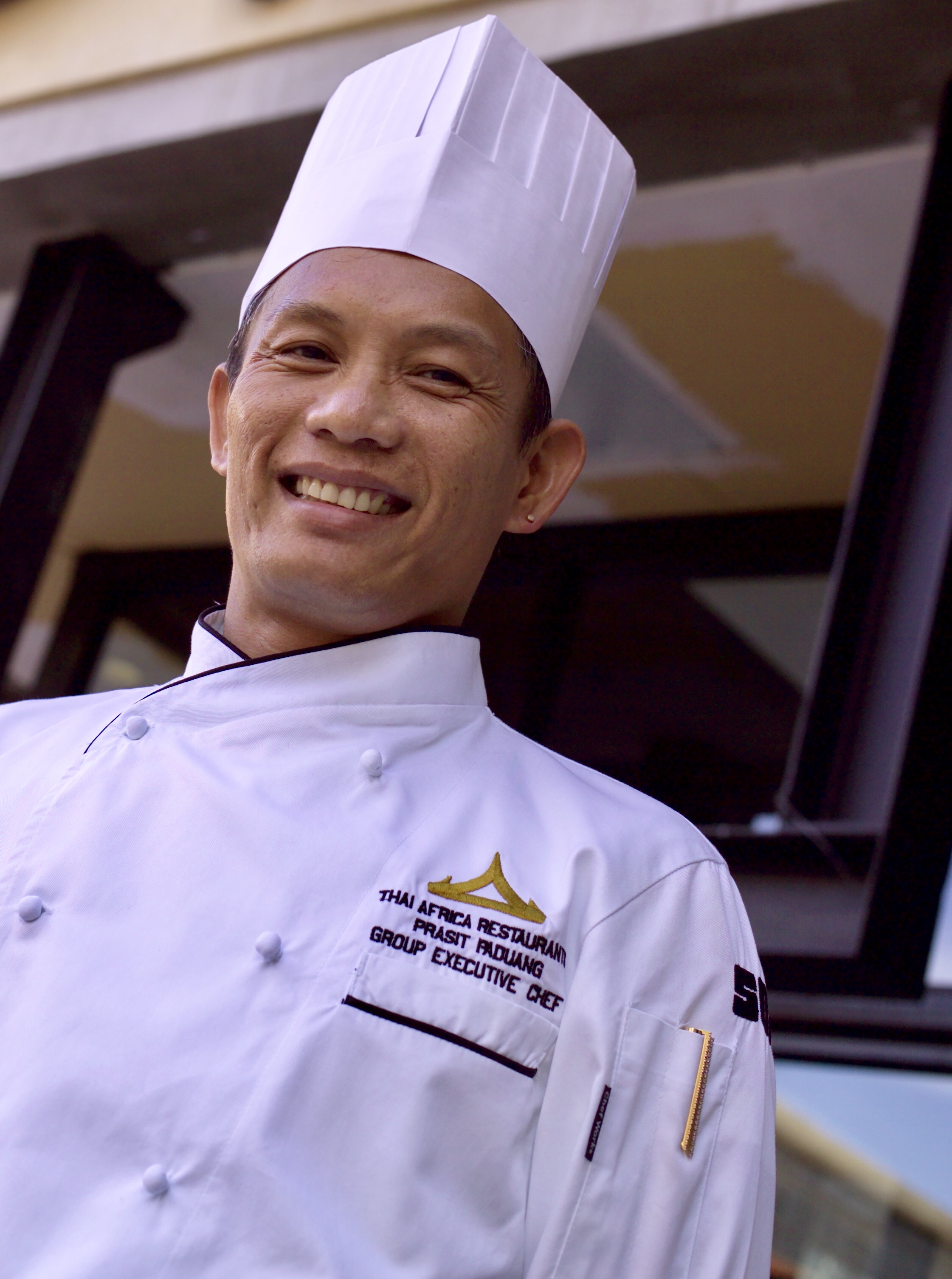
Sushi: The good, the bad and the ugly
su·shi
ˈso͞oSHē/
noun
- a Japanese dish consisting of small balls or rolls of vinegar-flavored cold cooked rice served with a garnish of raw fish, vegetables, or egg.
 Beginning as a method of preserving fish centuries ago, sushi has evolved into an artful, unique dining experience. In its earliest form, dried fish was placed between two wads of vinegared rice as a way of making it last. The nori (seaweed) was added later, I have heard, as a way to keep ones fingers from getting sticky.
Beginning as a method of preserving fish centuries ago, sushi has evolved into an artful, unique dining experience. In its earliest form, dried fish was placed between two wads of vinegared rice as a way of making it last. The nori (seaweed) was added later, I have heard, as a way to keep ones fingers from getting sticky.
Technically, the word “sushi” refers to the rice, but colloquially the term is used to describe a finger –size piece of raw fish or shellfish on a bed of vinagared rice. This can be eaten as is, or is often dipped into shoyu (Japanese Soya sauce) and then eaten. Often, much care is put into the creation of the dish and the many methods of preparing the food indicate the importance of appearance.
Have you ever considered the manner in which you eat your Sushi? For most part, whether it be forking you fashion sandwiches or cutting your sushi in half, anything goes in eating these finger sized bites. However, traditionally certain things should be forbidden when it comes to the way your sushi should be eaten.
Here is some insight into the depth of tradition that surrounds the sushi dining experience:
- Never pass food to someone using chopsticks. This act parallels passing cremated bones of a deceased relative at a Japanese funeral. Pass the plate instead.
- If you take food from a shared plate, use the reverse end of the chopsticks and not the ends going into your mouth.
- Never bit into a piece of food and then replace the other half on your plate. Once you have picked something you must eat it all.
- When not using the chopsticks, you should place them in front of you, parallel to the Sushi bar, with the narrow end on the provided, hashi oki; never place them directly on the bar.
- Never leave rice after a meal. Leaving any kind of food is considered rude, but leaving rice, especially so.
- Never smoke in a sushi bar, it obscures the flavours of the fish for everyone else. Ashtrays will be provided in many sushi bars but to use them dismissive the chef.
- Never expect the chef to handle money, another employee will settle the bill for you. People who handles the food, never touched money.
- Do not ask for knives. This would imply that the food is tough it can’t be eaten without them.
- Don’t make wasabi soup with your soy sauce. Sushi chefs cringe at this spectacle that American often make. Wasabi paralyzes your palette and will hide the subtle flavours that fish has when eaten raw.
The next time you visit your favourite sushi spot, take a moment to show respect to your Itamae (sushi chef) by demonstrating your understanding of sushi etiquette as polite behavior is enough to make a good meal at any restaurant.
 Orient Melrose Arch and So Yum Hyde Park have recently been named amongst SA’s greatest sushi spots.
Orient Melrose Arch and So Yum Hyde Park have recently been named amongst SA’s greatest sushi spots.
If you are visiting Orient, look our for the Dragon Rolls with eel and black mushroom; the Spicy Salmon rolls with chili sauces and the Futomaki Dream Rolls with prawn, omelette, crab, green bean and cucumber.
At So Yum, be delighted by their special sushi rolls like their crisps salmon California rolls with sweet chili, tuna roses with mayo and caviar and their one of a kind hand rolls with prawn, tuna and salmon.
Another sushi favourite is Kong Cedar Square that offers a delectable signature sushi menu that definitely sets them apart. A must-try off the Kong signature sushi menu are their signature tempura tuna surprise and tempura salon surprise, served with a sweet chili mayo. Another must try is their hot and cold crunch combo made up of lamb gyoza with spicy salmon crispy rolls.
Visit the restaurants websites to view their sushi menu’s:






